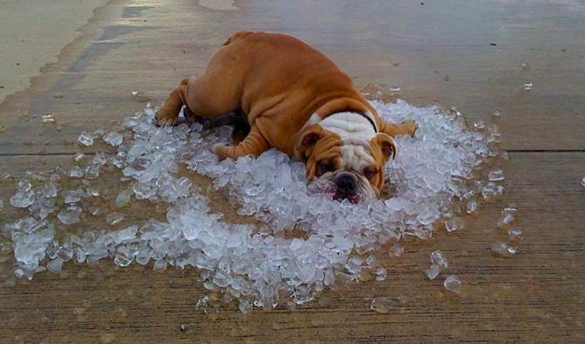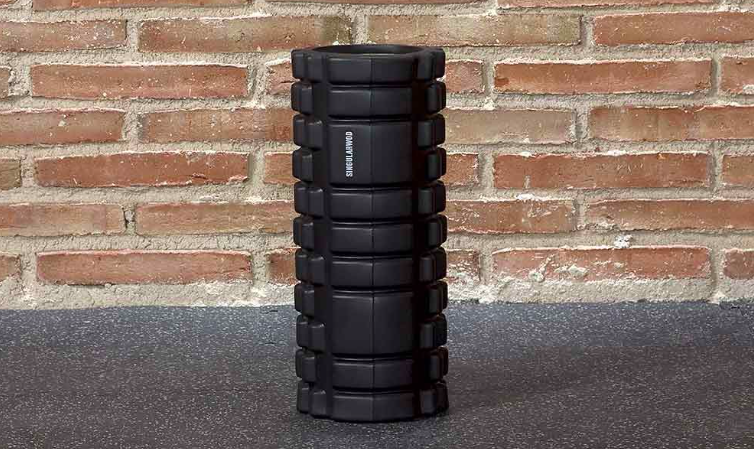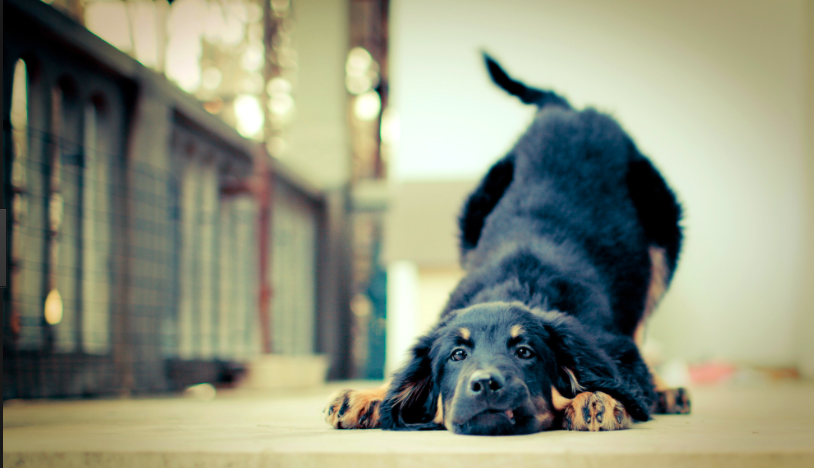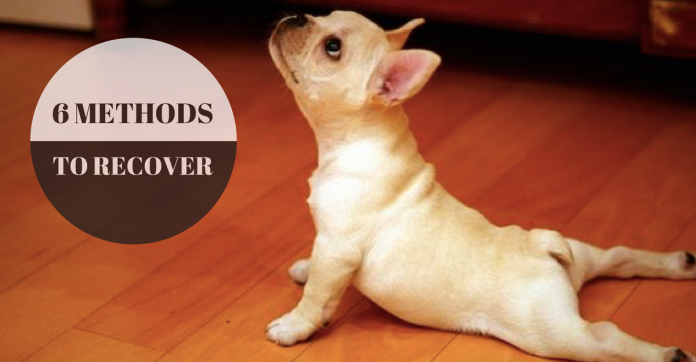In athletics, recovery is part of training. It is when you recover well that you are able to push through another tough session. It is when you recover well that you become stronger. There is an array of options for you to choose from when it comes to recovery. Check out these recovery approaches below and opt for the recovery method that suits you best – to keep you going, to become stronger than yesterday.
#1 Massage Therapy
How It Works: Pressure to muscles help decrease tension and adhesions between tissues. It also increases blood flow to the muscles, to help flush the lactic acid and helps speed up muscle recovery.
When: As and when needed. Some athletes incorporate massage once a week as a regular recovery method whereas others go for massage only when there is signs of pain or early injury.
Who Uses This: Elite marathoner Kara Goucher with a 2:24:52 marathon timing uses her favourite therapist for 15 years. During tough training periods, she sometimes go for 2 2 hour sessions.
#2 Cold Therapy
 Photo Credits: Snokes
Photo Credits: Snokes
How It Works: Ice baths or Cryotherapy Chambers helps reduce swelling by constricting blood vessels and reducing inflammation in muscles.
When: Soak in ice for 15 – 20 minutes after a hard workout.
Who Uses This: Olympian Dathan Ritzenhein (2:11:50 marathoner) soaks in ice baths to recover well before a big race, especially if his competitions are close to one another.
#3 Electric Muscle Stimulation
How It Works: Electric stimulation is used to passively activate your muscles. You engage your muscles without stressing your joints, allowing for increased blood flow thus better recovery.
When: Use on sore muscles for 30 – 60 minutes a day
Who Uses This: Canadian runner Natasha LaBeaud is an advocate. She especially likes to strap the device on during long plane rides to help her legs keep fresh.
#4 Foam Roller self Massage
 Photo Credit: Singular WOD
Photo Credit: Singular WOD
How It Works: Probably a more economical way to approach a massage therapy. It helps increase blood flow to the muscles and release tensions, thus promoting recovery of muscles.
When: Daily
Who Uses This: Chelsea Reily
#5 Stretching/Yoga

How It Works: Post run stretching is very important to reduce the tension and stress on the hamstrings and quads. It plays an important role in preventing injury.
When: Immediately Post-Run. You spend 2 hours doing a long run, you can at least spend 20 minutes stretching can’t you?
Who Uses This: Almost every known athlete. Meb Keflezighi took a 10-week yoga class in college at UCLA to incorporate into his training.
#6 Sleep
How It Works: It is during sleep that our body are able to perform vital tasks – repairing the minor damage to your tissues and replenish your stores. With lack of rest and sleep, your body will feel constantly fatigue and you will start to feel signs of overtraining.
When: Always
Who Uses This: Elite Runner Alia Grey is an advocate of sufficient sleep. She attributes her 31:59 10km timing to this.


